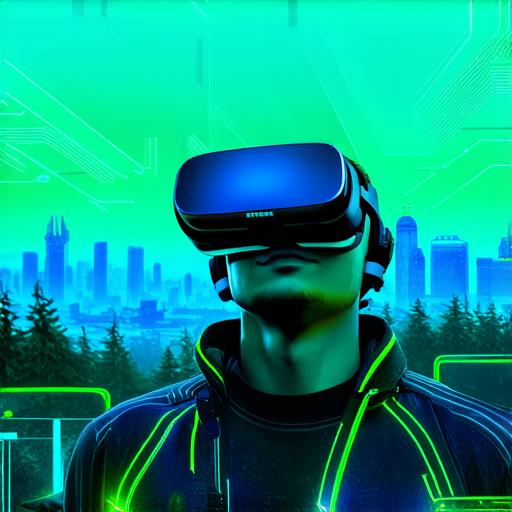
When will virtual reality become accessible?
As technology advances, virtual reality (VR) is becoming increasingly accessible to consumers. In fact, VR is already being used in a variety of industries, including gaming, education, and healthcare.
But when will VR become truly mainstream? In this article, we’ll explore the latest developments in VR and look at what it will take for this technology to be adopted by the general public.
One of the biggest challenges facing VR is its high cost. Current VR systems can be quite expensive, with prices starting at around $300. However, as technology advances and production becomes more efficient, we can expect prices to come down. In fact, some experts predict that VR will become as affordable as smartphones within the next decade.
Another challenge facing VR is its limited content. Currently, there are only a few games and experiences available for VR, which can be limiting for consumers. However, as more developers enter the market and create new content, we can expect to see a wider variety of options available. In fact, some experts predict that by 2025, there will be over 100,000 VR experiences available.
One of the most exciting developments in VR is its ability to enhance education and training. For example, medical students can use VR simulations to practice surgeries, while soldiers can use VR to train for combat situations. In fact, some companies are already using VR to train employees in industries such as construction and manufacturing.
Another area where VR is showing great potential is in the field of therapy. For example, patients with anxiety or PTSD can use VR simulations to confront their fears in a safe and controlled environment. In fact, some studies have shown that VR therapy can be just as effective as traditional therapy.
While VR is still in its early stages, it’s clear that this technology has immense potential. As prices come down and content becomes more plentiful, we can expect to see VR become a regular part of our daily lives. Whether you’re a gamer or a healthcare professional, VR is sure to change the way we work and play in the coming years.
FAQs:
1. What are some examples of industries that are using VR?
* Gaming, education, healthcare, construction, manufacturing, and more.
2. How much does a VR system cost?
* Prices start at around $300, but are expected to come down as technology advances.

3. What are some potential uses for VR in education and training?
* Medical students can use VR simulations to practice surgeries, while soldiers can use VR to train for combat situations.
4. How effective is VR therapy compared to traditional therapy?
* Some studies have shown that VR therapy can be just as effective as traditional therapy.


